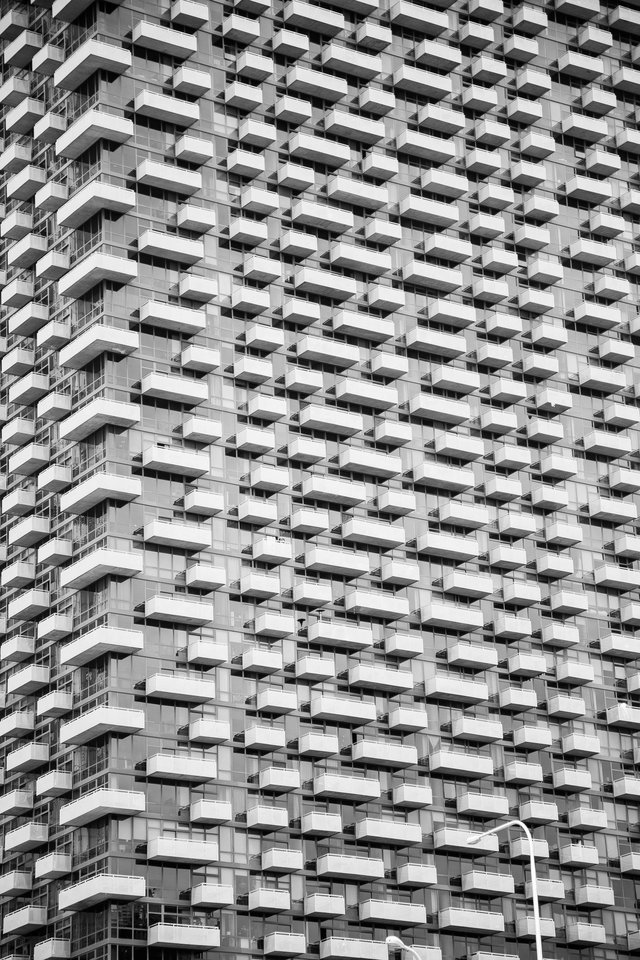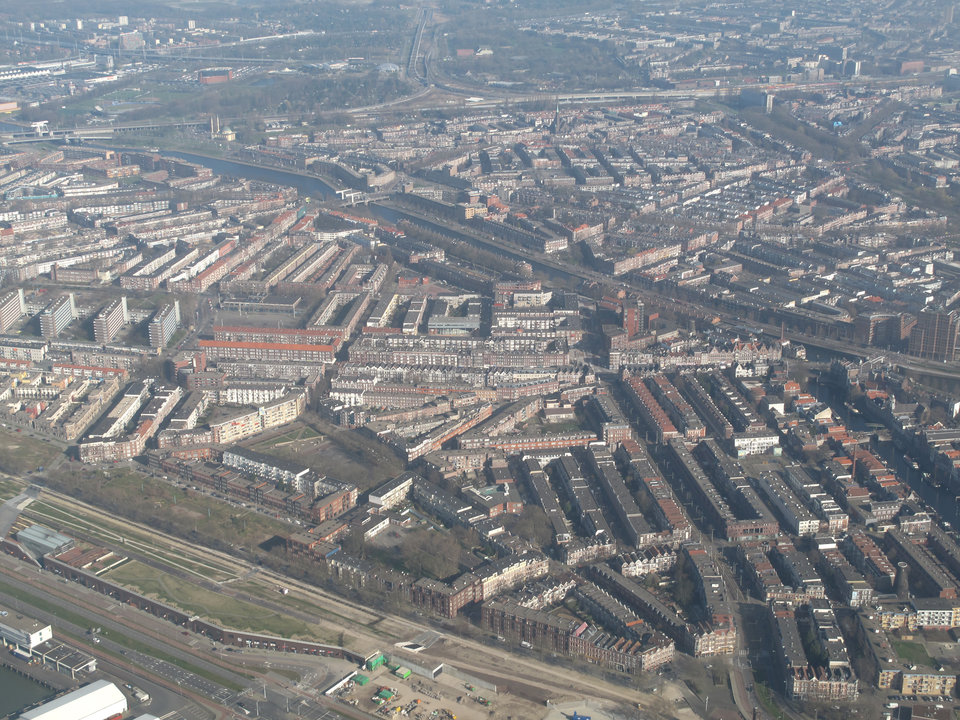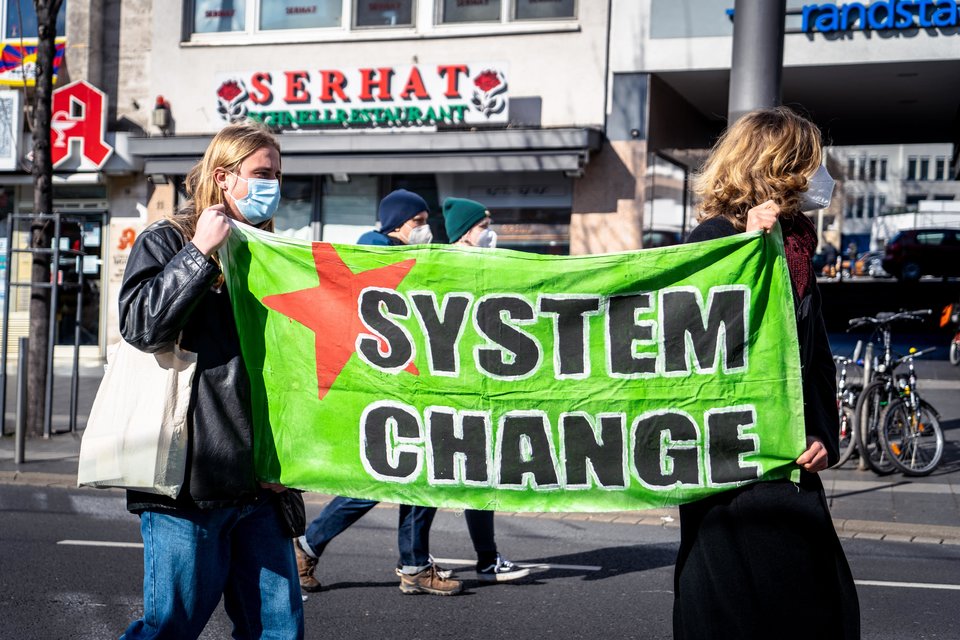It was the spring of March 2021. There was no interview script, no plan, no specific topics. Just two people, taking a walk, talking about resilience.
I go immediately to the back of the tram, trying my best to ignore the university students invading my empty bubble as they idle on about bubble tea. At least they're wearing their masks properly. I’m on the road to Ypenburg, at Carissa’s request.
We meet at, of all places, in an ice cream shop. We’ve just met, but we get along fine. It’s awkward though because after a year neither of us have fully adjusted to life after full lock-down. It’s awkward at the playground too, fathers standing at the edge of the grass, grim faces and hands jammed in the pockets, silently watching the other fathers watch the other fathers.
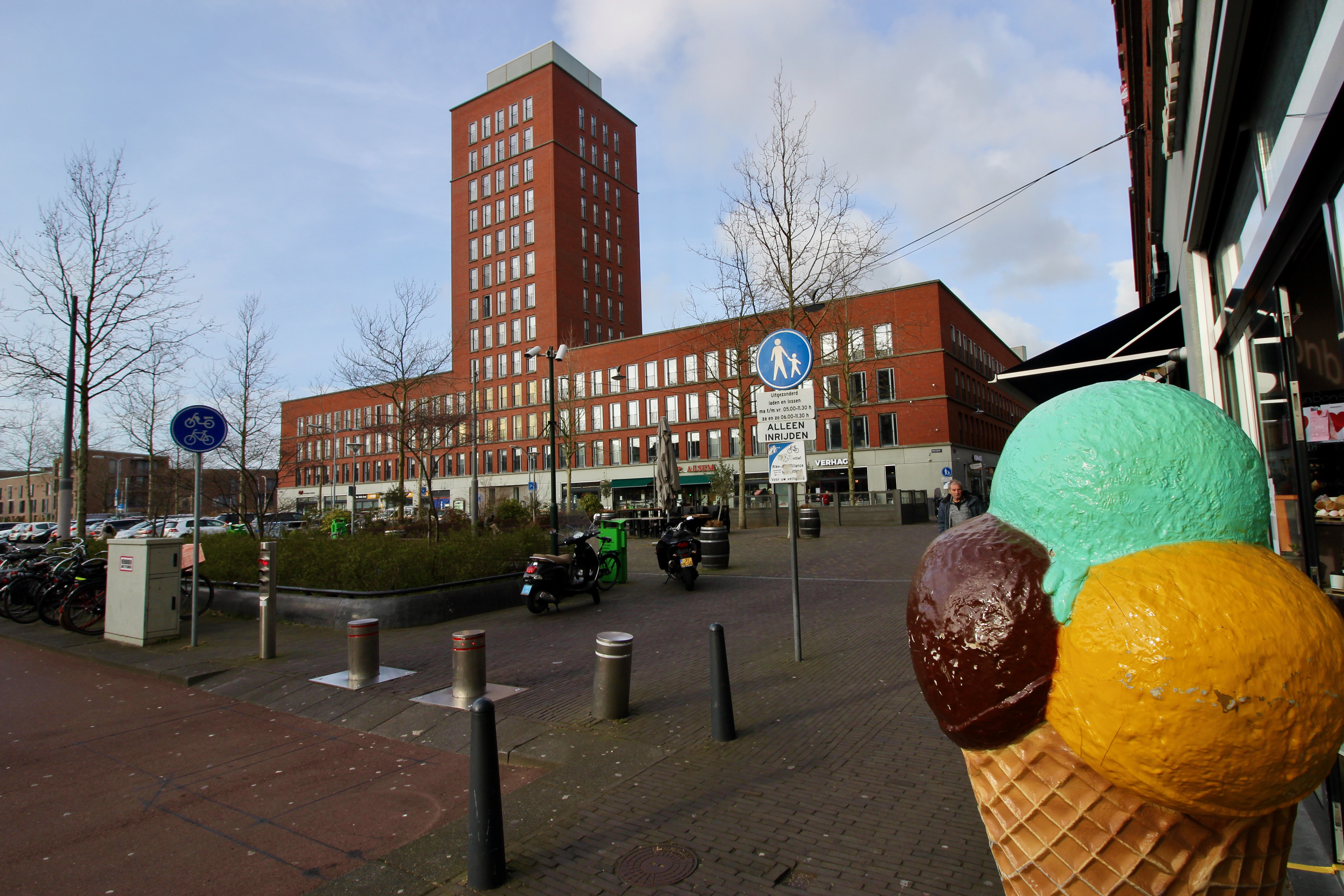
She’s preparing to run a survey in the suburban neighbourhood of The Hague and needs a few local photos for the social media campaign. This is part of her post-doctorate work on how to include public input in policy-making, like better understanding how COVID-19 lockdown restrictions are impacting people’s routines to make better models of human behaviour.
Modellers often begin by working with a set of assumptions about how people’s behaviour has changed because of the lockdowns. Now they want to replace this assumption with evidence-based data. Except it’s not that easy.
We can ask people to track what they did last week hour by hour pretty simply. It’s different when we ask about what they did a year before COVID…
“We can ask people to track what they did last week hour by hour pretty simply. It’s different when we ask about what they did a year before COVID…” We slip single-file between a car and a jogger, marvelling at the Dutchness of the architecture as we go. Every building it seems is simultaneously identical and unique. All brick or slate with polished steel trim, cut at hard angles, looking as if they have been just days before assembled on-site from a functionalist flatpack.
At the same time, each bit of infrastructure looks like it belongs somehow. Trees, parks, canals, and green spaces patchwork between the rows of development. We cross another bridge spanning a large canal that splits the neighbourhood. Both sides are lined with wide expanses of grass. A tram line and four-lane road trundle along the far side of the water. Before us tower three red-brick apartment buildings, each with a corrugated steel cylinder stapled to their middles. A skinny park and a fat pond nestle up against the misplaced silos. Everything has a place.
“Even for me as a planner, it’s too much planning,” Carissa half-jests with a smile. I ask about the relationship between the openness of a serious game she’s designing, and the openness in city planning. How can we be resilient against shocks and stresses we can’t imagine?
A pair of teenagers tuck into the covered seats of a small football court next to us. No one’s playing, It's far too cold for that. The temperature isn’t low enough though to stop them from finding a place to share a few afternoon beers.
Carissa looks at the two and offers up a question as an answer. “Are you creating places that people can use the way they want? Openness is just one form of multi-functional resilience. No one’s playing football, but they’re still using the space. How they need to use it, at this moment. It’s a useful commons, definitely planned, but multi-functional in use.”
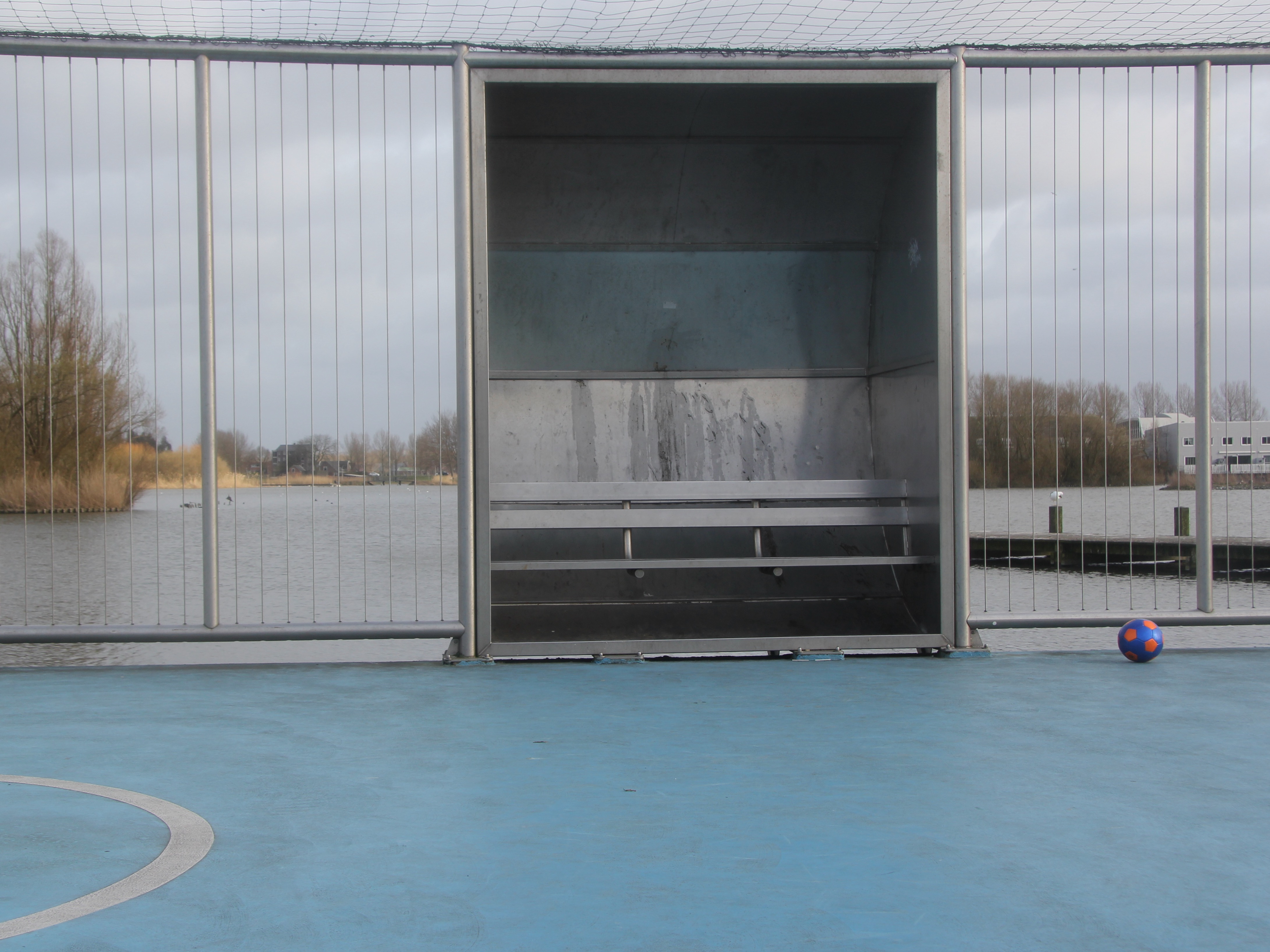
We walk past a dozen more benches in the next five minutes. All are exposed to the elements. All of them are empty.
The March afternoon soaks us in the canal-side park as a marvellous Horned Grebe sails by. I count eight different species of bird. “The nature is so integrated. The neighbourhoods are hugging it.”
Our feet wander as our curiosity carves a path for us. We turn off the canal and back to why Carissa made the trip to Delft today. As a researcher of the 4TU project SURF OER-UR, Carissa leads the integration of knowledge about resilience from different engineering disciplines into an online platform.
This platform provides these open educational resources to engineering teachers intending to someday embed resilience thinking in every engineering classroom in The Netherlands. One of the tools is the aforementioned serious game developed at TU Delft’s Game Lab, also part of the Technology, Policy, and Management Faculty.
“We’ve been working on it remotely for a year now. It finally came to the point where we had to meet and just play the game together.” Playing games has been a tool for policy communication since at least the 1960s. Carissa believes in taking a step beyond the typical present-play-discuss formula. She designs games with the stakeholders.
“Co-designing can be a stronger learning tool than playing if your objective is to elicit knowledge or communicate with stakeholders. In a typical serious game, you also have many answers, but these are limited by what the designer chooses to include. You are nudged towards certain outcomes by the design. When you co-design, you give a person the freedom to explore what they find important.”
We check the clock. Seems we are running out of time and not exactly close to where we wanted to be. We double back and cease wandering as we head directly towards the ice cream shop where we met as we explore what a citizens’ role is in shaping our cities.
“These are the problems I am really interested in, how do you bring citizen’s knowledge into decision making? We need this local and historical knowledge to create more resilient public spaces. What we lack are the tools to bring that knowledge together.” This means combining the embedded local knowledge with the expertise from scientists in planners about climate, behaviour, and emerging technologies.
We retrace our steps and conversation through urban planning, resilience, and the human experience. It’s complex. We have so many boundaries and barriers between us. Still, despite those barriers, great things manage to get done.
Even the idea of a city can be resilient. If we look back in history, we see whole cities come back after being completely destroyed in war or disaster. Our needs adapt but there’s a lot of common sense locked away in the history of our public spaces that we can tap into.
There are no historical footpaths here, only a familiar ice cream shop. We duck inside for a warm drink, dancing around the bubble so Carissa can safely reach the pin machine. We step out onto the edge of the square, using every last drop of space the planners offered us so we can feel a little safer to be in public.
The words of the past hour fill the bubble between us, big ideas rubbing up against each other as they try to bridge the gap from one mind to another. The sun comes out as one little slip of the tongue grows and grows until it envelops every other idea we walked over.
Are we really resilient as a society?
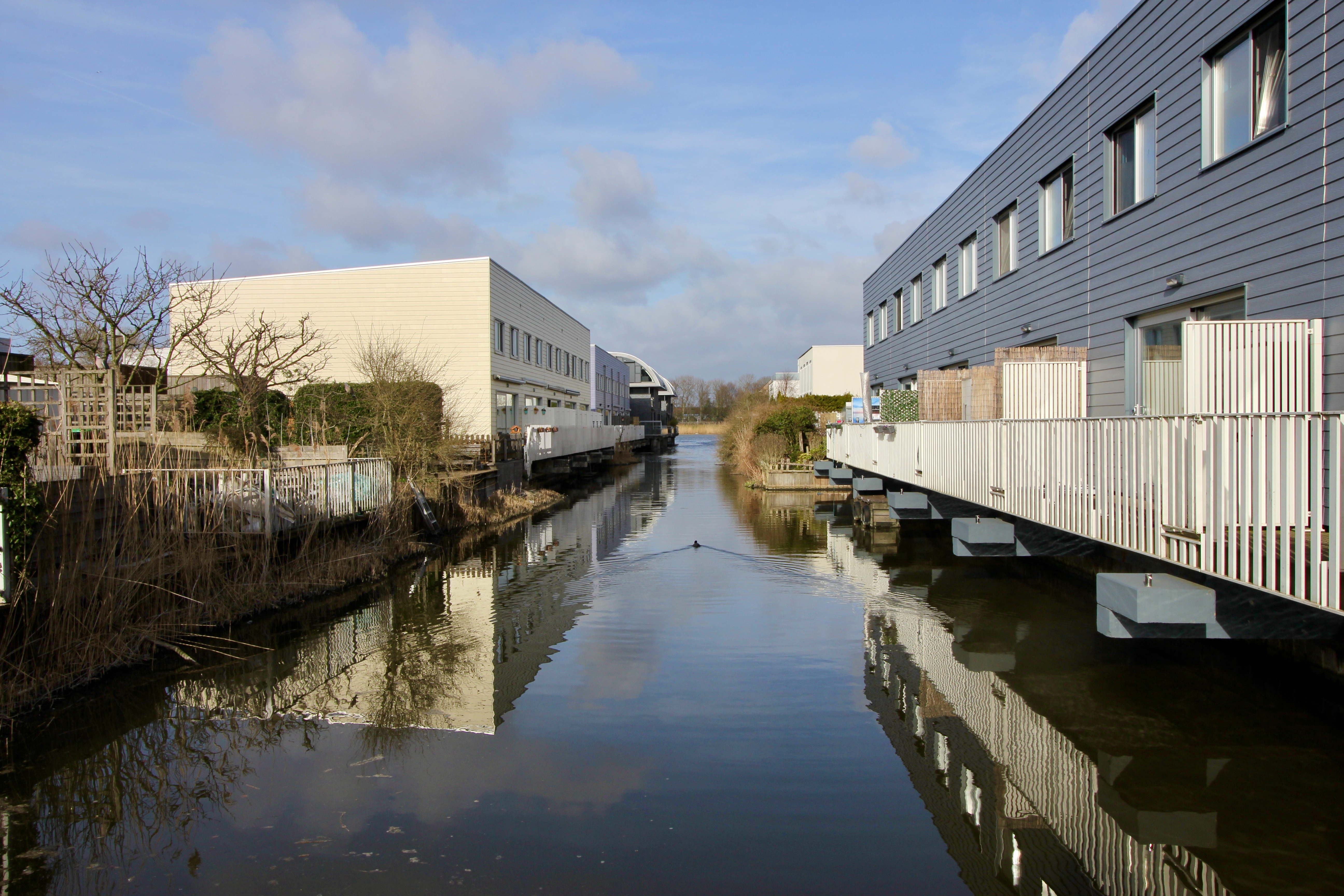
We talk about how to handle such a question. It’s so…sharp. Perhaps it's better if it's phrased another way? About the choices we make as a society? Now though, I'm not so interested in the question. I'd rather hear about the answer.
Part of answering this question, however you'd like to frame it, lies in our past, Carissa says. “Looking back and understanding why things were done the way they were; trying to see what problems were created on the other side of the solution.”
The rest lies in the future. One that is so very different from a year ago. We talk about children, those on the playground, and the two waiting for her at home. Soon, many of them will not remember what life was like before.
She crouches down in the square to safely show me how she’s trying to connect her own children with those fading memories. Carrissa and a friend collaborated to create a delightful comic book, the adventures of the suitcase of a world-travelling friend, complete with voices. We laugh together, enjoying the last moments of the walk and memories of travelling the world when we only had one kind of passport. A foreign memory, even for globetrotters like us.
We don’t shake hands or bump fists or rub elbows as we say our goodbyes. Just an awkward wave as we part ways.
The entire tram ride back, Carissa’s voice echoes in my head. A question for a question, one she strives to answer every day in her work. One that she believes, will allow us to make more resilient choices going forward.
"Are we asking the right questions to get to the core of the issue…and what questions are we not asking?”

